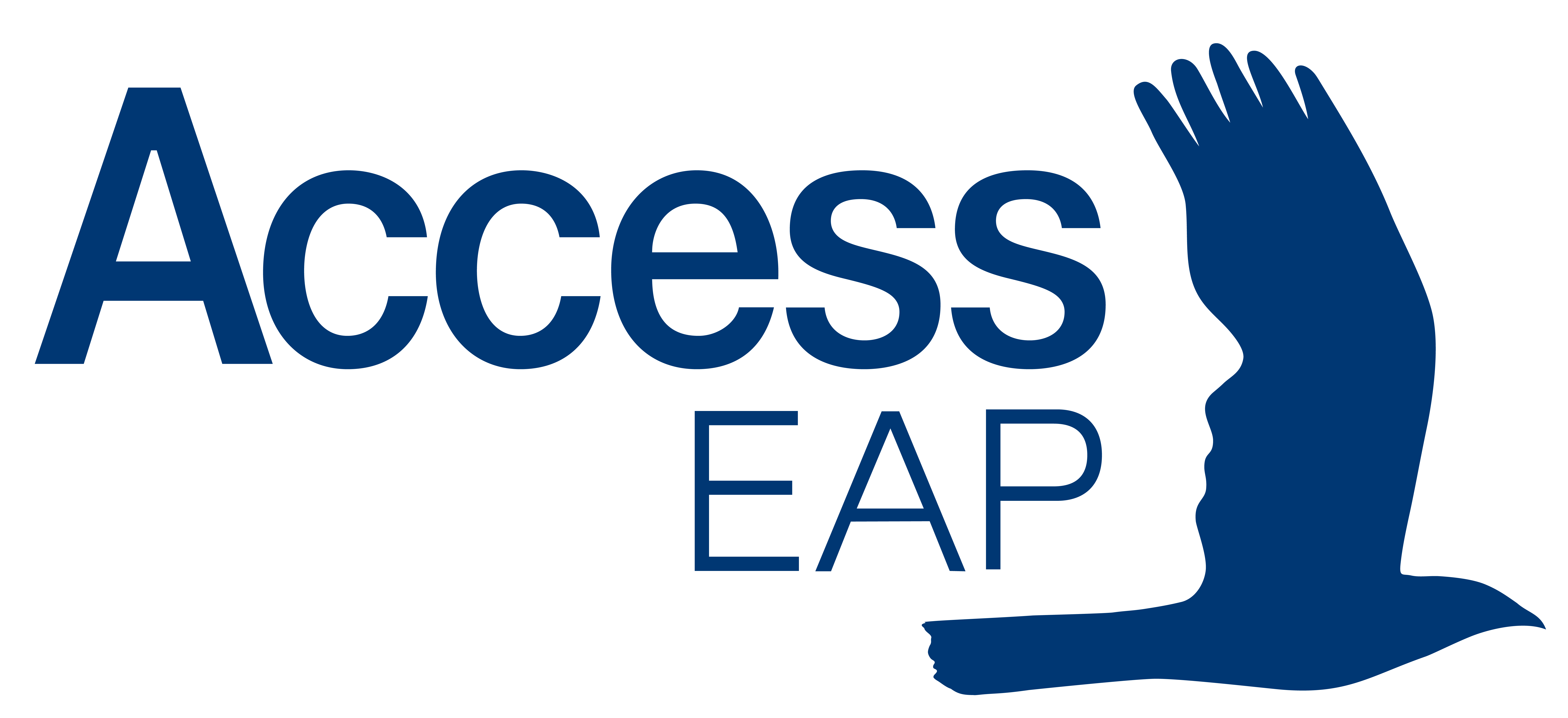The current situation in Victoria calls for recognition and support. If you are in Victoria, I’m sure you have already got a whole heap of texts, phone calls and emails. Messages from colleagues, loved ones and family members saying how sorry they are that we are in lockdown again or to offer personal support. These are anxious times for everyone as we all work together to avoid loss of life and economic hardship. We acknowledge that Victorians are bearing a heavy load right now.
For those offering support, if you aren’t entirely confident in your empathy skills, you may want to refer to these tips shared by our Melbourne team:
- Avoid saying, “you’ve got this”.
- Although your own lockdown experience gives you something to say, it can deflect from the person you are trying to support and let’s face it Victorians are kind of experts in this area.
- Reminding people to count their blessings is unlikely to go down well. As Brene Brown puts it, “hurt is hurt”, and there are times when people need to have permission to complain about whatever they are missing out on.
- Lastly, telling someone how to feel or what you think is going to happen next probably won’t be welcomed right now – Victorian’s are entitled to feel whatever they feel about this.
Lockdown means that some companies, organisations and industries put things “on hold” until the lockdown ends. We encourage everyone to increase efforts to reach out and connect when you are able. From a mental health perspective, social distancing should mean physical distancing rather than a lack of connection.
To recognise this current tough lockdown, we are turning the spotlight on maintaining connection through the lockdown. One of our Clinical Psychologist's in Melbourne has created a personal tool to help support you - Let’s Make Lockdown Living Easier. Find our wide range of Leader Tools and Personal Tools, in the Employer and Employee Login Areas of our website.
Leaders in lockdown also need to remember to look after themselves so that they can help their people, these tips are for you too. Reach out to here at AccessEAP on 1800 818 728. As always, our people are here to help support you and your people be their best in life and work.

